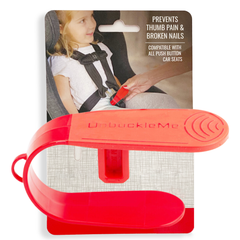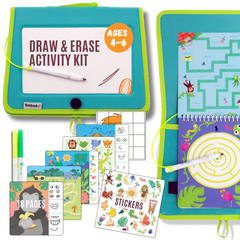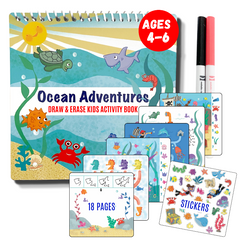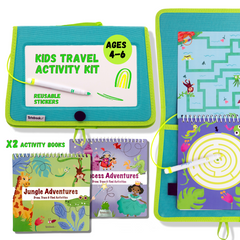In the midst of the covid-19 pandemic we’re all a bit germ-phobic and focused on best sanitary practices. But when it comes to the safety of our children, our fears and concerns are amplified. As if parents didn’t have enough to consider with training their children to wear masks, teaching proper handwashing techniques, and trying to explain why social distance is important even on the playgrounds, those with very young ones need to also consider the equipment they use to transport children and how to maintain its sterility without compromising safety in other ways.
One of the most crucial pieces of safety equipment for our youngest is the car seat, and, yes, this too can become a portable covid carrier without proper precautions.
The bad news is that kids are kids and despite our most stringent efforts to keep them safe and sanitary, they aren’t always going to do what you want them to do. The good news is that there are precautions you, as an adult, can take to exercise hygiene when it comes to your car seat–even when you suspect it has been exposed to the covid virus
An Ounce of Prevention
The best method of protecting your child is to prevent seat contamination from ever occurring. Seats are easy ways to transport infants and toddlers when we carry them into stores, to parks, or even into restaurants, but during the pandemic, it’s probably safer to leave the car seat in the car and use a designated stroller or other device for a carrier.
If you must take your car seat into a public space, covering it loosely with a blanket and avoiding setting down on surfaces can help protect it against infection. Carry sanitizing wipes with you and wipe down surfaces such as shopping carts where you will set the seat (don’t use these on the seat itself–you’ll soon see why). Since children like to touch things (and put them in their mouths) it is also important to keep the child out of reach of temptibles they might touch and thus infect the seat.
A Pound of Cure
Under normal conditions where you simply want to keep the car seat clean, you can usually clean surfaces with a sponge, mild detergent, and warm water. It is important to note, however, that you should closely follow the car seat manufacturer’s recommendations found in the instructions manual.
If you can’t find your instructional manual, you can often find a digital set of instructions online or you can use the required label on any seat to send model name and number information to the manufacturer for a replacement manual.
Do not use heavy cleaners such as bleach on a car seat. As Jennifer Stockburger, Director of operations at Consumer Reports’ Auto Test Center puts it, “When it comes to car seats, the components must withstand high forces and repeated use to keep kids safe in the event of a crash, so you don’t want to use any cleaners or disinfectants that may compromise any of the seat’s components in any way.”
It is inadvisable, for example, to use even mild soap on buckles or latches because they can leave residues that affect performance. If allowed by the manufacturer, you can machine wash covers and pads, but avoid using bleach and allow them to air dry.
If you know that your child is covid positive or the seat has been exposed to someone who has tested positive, your safest practice is to put the seat in an isolated area or wrapped in a plastic bag for several days. After this time the seat should be safe to use again.
Clean and Safe
Teaching your children to properly wash their hands and wear a mask in public (only if they are over two) can go a long way in avoiding transporting the virus around a la car seat. Keep a supply of cleaning wipes and sprays in your car to disinfect toys, blankets, strollers, and other child implements so as to keep your vehicle covid clean. These few precautions can help keep your child safe both from covid and from seat malfunctions that could result in disaster.
—
Ivan Young is a writer for Stethoscope, the leading retailer in stethoscope technology and distribution.











Leave a comment